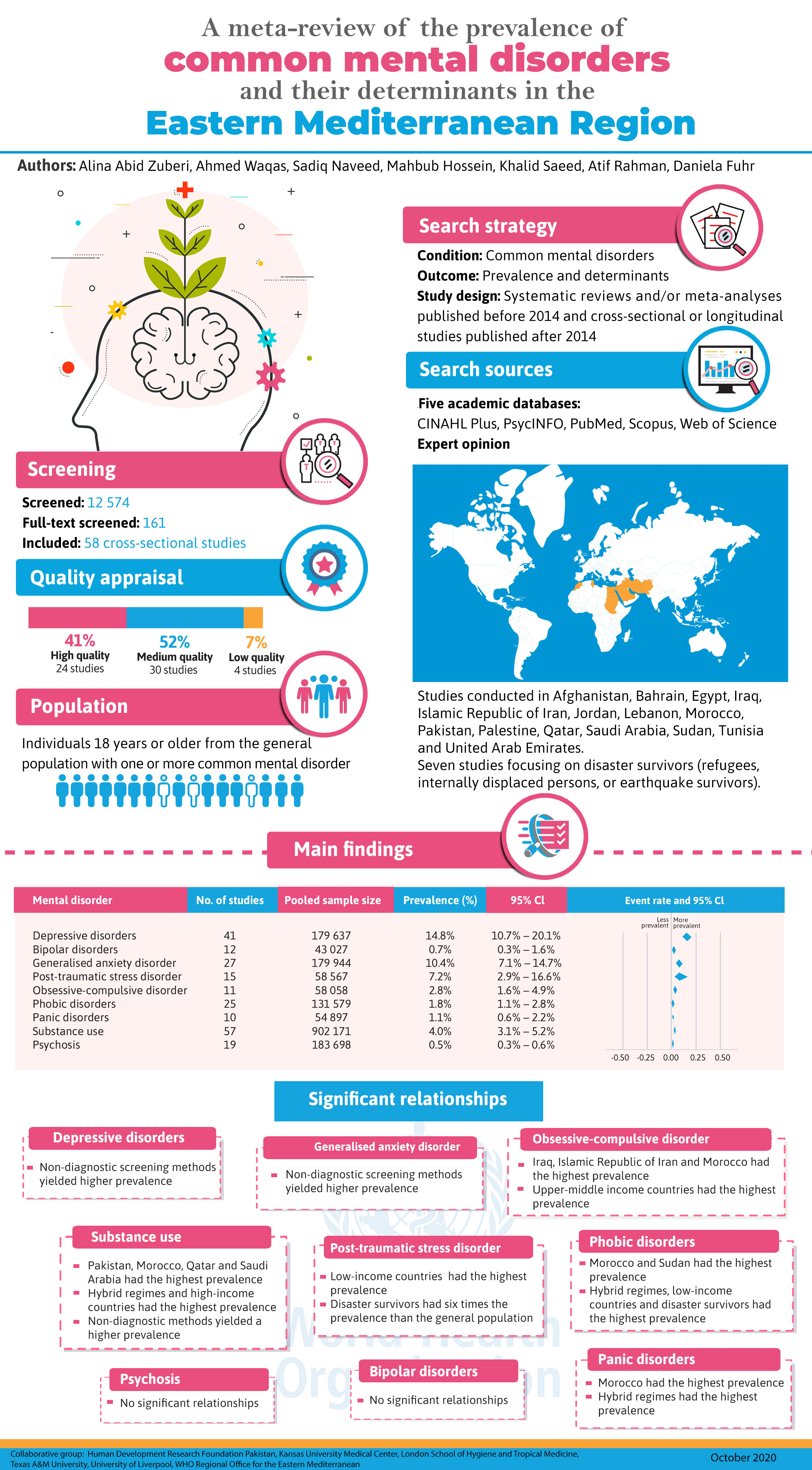
A meta-review of the prevalence of common mental disorders and their determinants in the Eastern Mediterranean Region (infographic)
Publication date: 2020
This infographic is a product of a systematic review and meta-analysis of primary studies within the Eastern Mediterranean Region aimed at synthesizing the prevalence of specific common mental disorders. The systematic review was conducted by a team from academia and WHO. It revealed that the prevalence of common mental disorders in the Eastern Mediterranean Region is higher than the global rates, highlighting the need for increasing investment to scale up mental health services for effective treatment coverage in the Region..
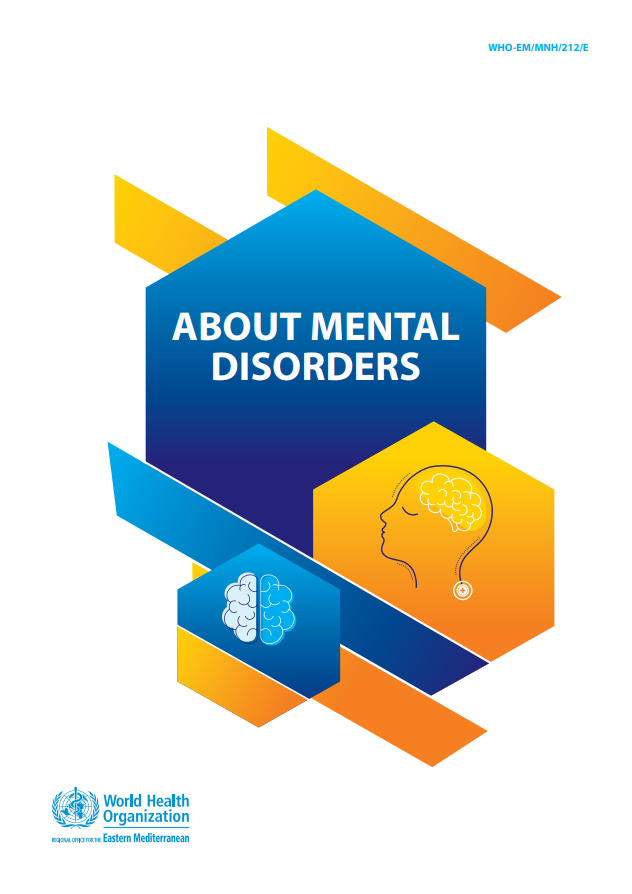
About mental disorders
Publication date: 2019
This is one of a series of factsheets produced by WHO to give the general public information about mental disorders and how they can be treated. It contains two sections: (1) mental illness (a global challenge); and (2) mental disorders can be treated successfully.
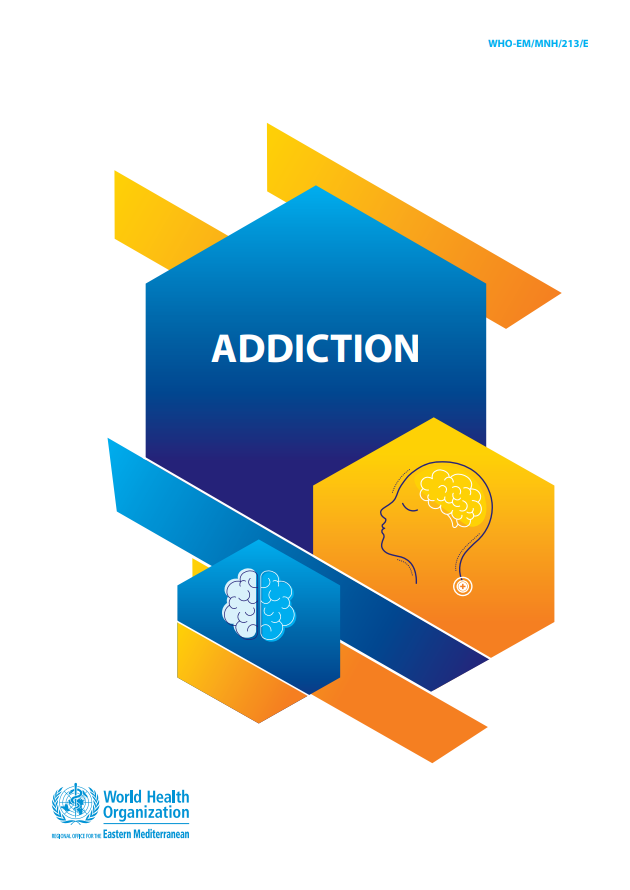
Addiction
Publication date: 2019
This is one of a series of factsheets produced by WHO to give the general public information about mental disorders and how they can be treated. It addresses addiction and how it can be treated. It contains nine sections: (1) what is addiction; (2) common signs and symptoms of addiction; (3) common causes of addiction; (4) anybody can get addicted; (5) where to seek help; (6) how can you help a friend or family member with drug use behaviour; (7) preventing and treating addiction; (8) how can you help yourself; and (9) how can you help a friend or family member with relapse.
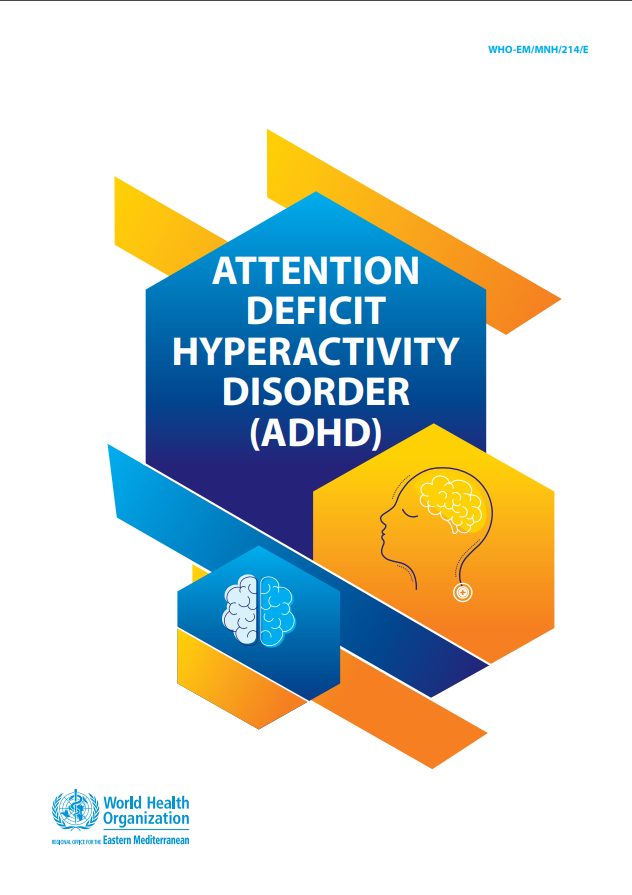
Attention deficit hyperactivity disorder (ADHD)
Publication date: 2019
This is one of a series of factsheets produced by WHO to give the general public information about mental disorders and how they can be treated. It addresses attention deficit hyperactivity disorder (ADHD) and how it can be treated. It contains eight sections: (1) what is ADHD; (2) common signs and symptoms of ADHD; (3) what causes ADHD; (4) when to seek help for your child; (5) treating ADHD; (6) medicines such as stimulants that are used to treat ADHD and not addictive; (7) how can you help your child with ADHD; and (8) how can teachers help a child who has ADHD.

Autism spectrum disorders
Publication date: 2019
This is one of a series of factsheets produced by WHO to give the general public information about mental disorders and how they can be treated. It addresses autism spectrum disorders and how they can be treated. It contains eight sections: (1) what are autism spectrum disorders; (2) common signs and symptoms of autism spectrum disorders; (3) what causes autism spectrum disorders; (4) when to seek help for your child; (5) treating autism spectrum disorders; (6) potentially harmful treatment approaches; (7) how can you help a child with an autism spectrum disorder; and (8) how can teachers help a child who with an autism spectrum disorder.
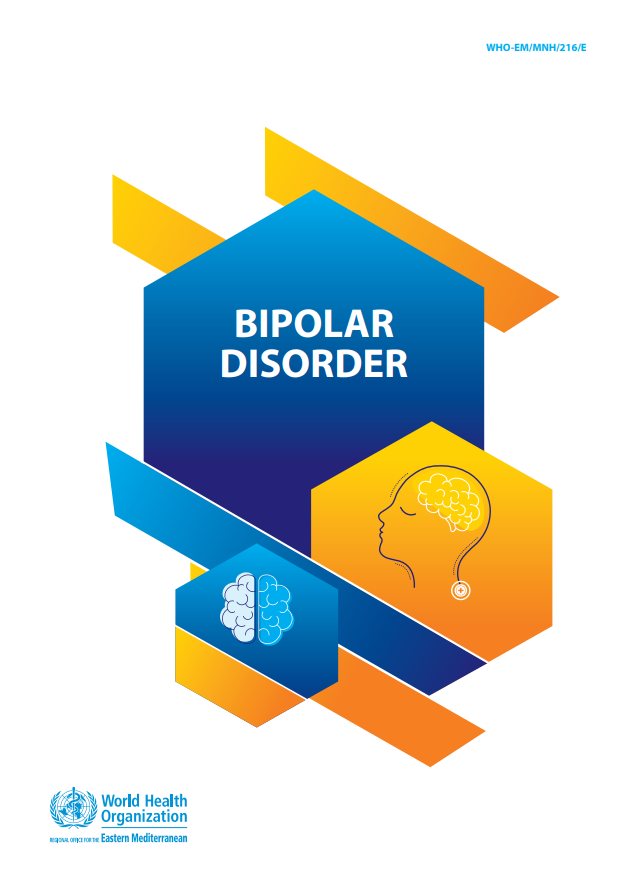
Bipolar disorder
Publication date: 2019
This is one of a series of factsheets produced by WHO to give the general public information about mental disorders and how they can be treated. It addresses bipolar disorder and how it can be treated. It contains seven sections: (1) what is bipolar disorder; (2) common signs and symptoms of bipolar disorder; (3) what causes bipolar disorder; (4) when to seek help; (5) treating bipolar disorder; (6) how can you help yourself; and (7) how can you help a friend or family member who has bipolar disorder.
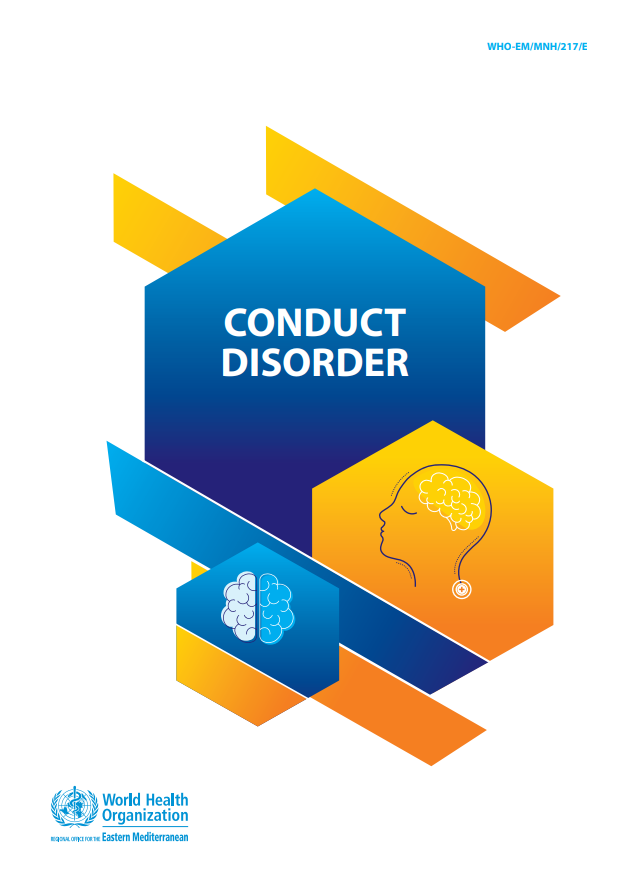
Conduct disorder
Publication date: 2019
This is one of a series of factsheets produced by WHO to give the general public information about mental disorders and how they can be treated. It addresses conduct disorder and how it can be treated. It contains seven sections: (1) what is conduct disorder; (2) common signs and symptoms of conduct disorder; (3) what causes conduct disorder; (4) when to seek help; (5) treating conduct disorder; (6) how can you help your child if they have conduct disorder; and (7) how can teachers help a child with conduct disorder.
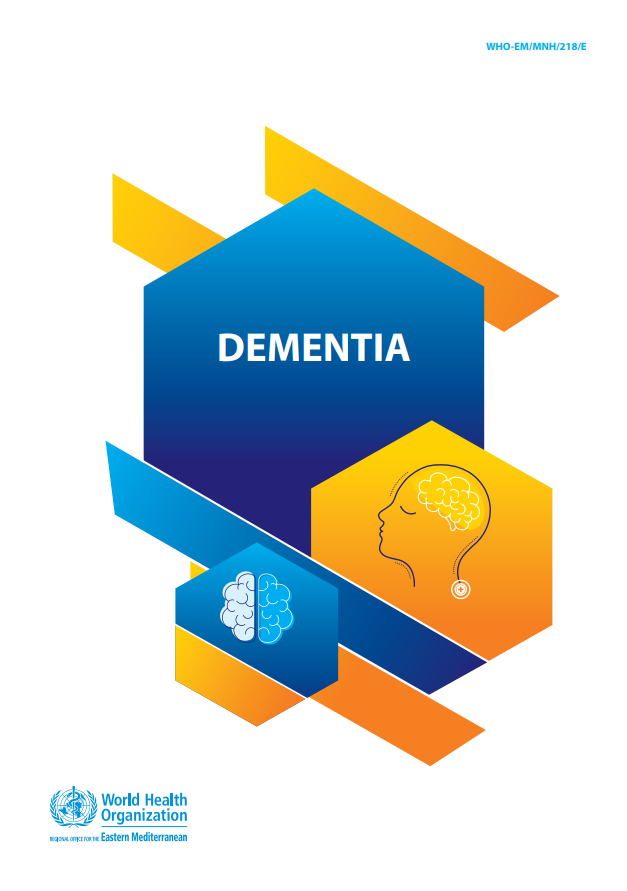
Dementia
Publication date: 2019
This is one of a series of factsheets produced by WHO to give the general public information about mental disorders and how they can be treated. It adresses dementia and how it can be treated. It contains seven sections: (1) what is dementia; (2) common signs and symptoms of dementia; (3) what causes dementia; (4) when to seek help; (5) treating dementia; (6) how can you help yourself if you are diagnosed with dementia; and (7) how can you help a friend or family member who has dementia.

Depression
Publication date: 2019
This is one of a series of factsheets produced by WHO to give the general public information about mental disorders and how they can be treated. It addresses depression and how it can be treated. It contains 11 sections: (1) what is depression; (2) common signs and symptoms of depression; (3) depression in women and men; (4) common causes of depression; (5) when to seek help; (6) it is an emergency if you have ideas about self-harm or suicide; (7) treating depression; (8) key points about treatment; (9) home remedies and alternative medicines; (10) how can you help yourself if you are depressed; and (11) how can you help a friend or family member who has depression.
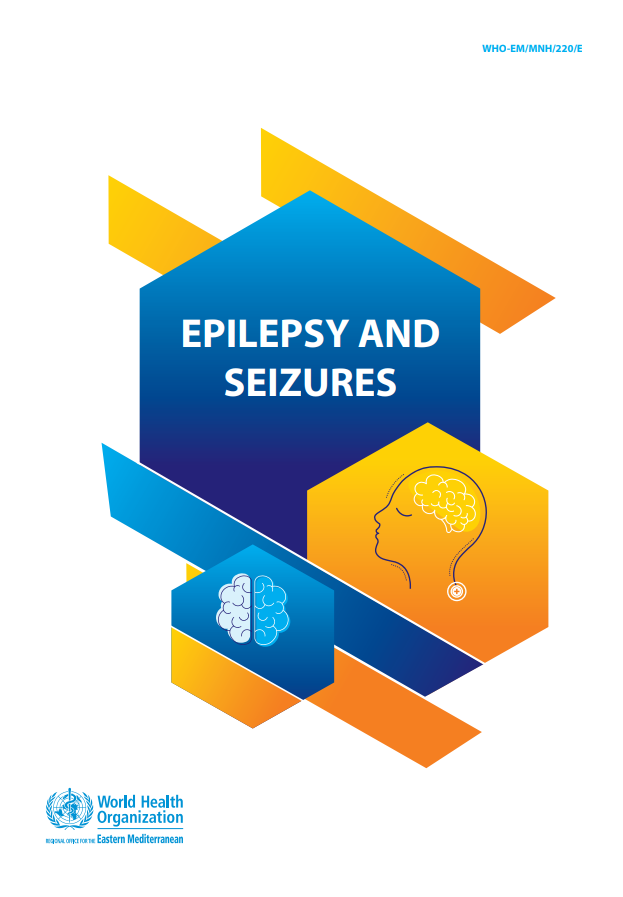
Epilepsy and seizures
Publication date: 2019
This is one of a series of factsheets produced by WHO to give the general public information about mental disorders and how they can be treated. It addresses epilepsy and seizures, and how they can be treated. It contains eight sections: (1) what is a seizure; (2) what is epilepsy; (3) what causes epilepsy; (4) common signs and symptoms of epilepsy; (5) when to seek help; (6) how can you help someone who is having a seizure; (7) treating epilepsy; and (8) how can you help yourself.
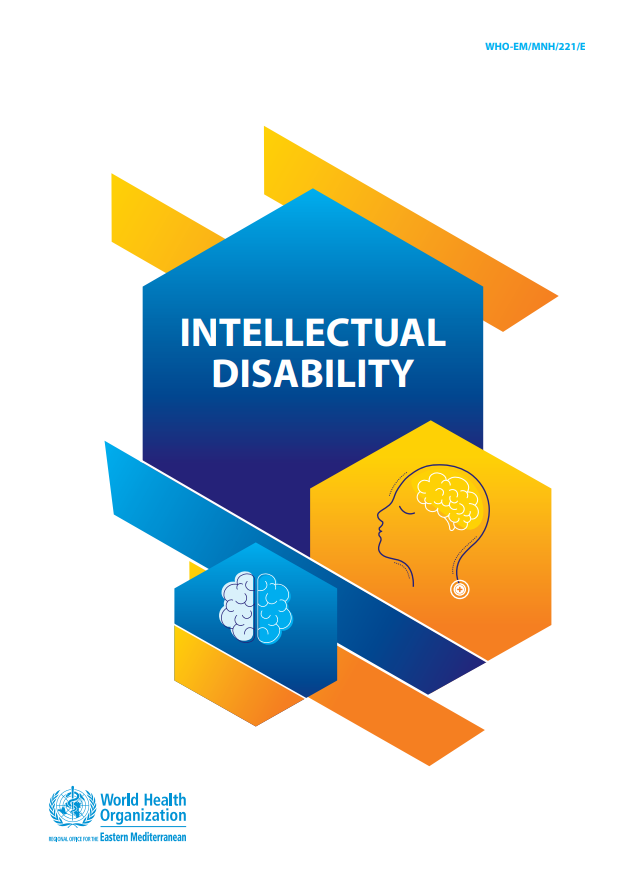
Intellectual disability
Publication date: 2019
This is one of a series of factsheets produced by WHO to give the general public information about mental disorders and how they can be treated. It addresses intellectual disability and how it can be treated. It contains seven sections: (1) what is intellectual disability; (2) common signs and symptoms of intellectual disability; (3) what causes intellectual disability; (4) when should you seek help for your child; (5) treating intellectual disability; (6) how can you help your child with intellectual disability; and (7) how can teachers help a child with intellectual disability.

Perinatal depression
Publication date: 2019
This is one of a series of factsheets produced by WHO to give the general public information about mental disorders and how they can be treated. It addresses perinatal depression and how it can be treated. It contains seven sections: (1) what is perinatal depression; (2) common signs and symptoms of post-partum depression; (3) what causes perinatal depression; (4) when should you seek help; (5) treating perinatal depression; (6) how can you help yourself; and (7) how can you help your partner, friend, or family member with perinatal depression.

Psychosis and schizophrenia
Publication date: 2019
This is one of a series of factsheets produced by WHO to give the general public information about mental disorders and how they can be treated. It addresses psychosis and schizophrenia, and how they can be treated. It contains seven sections: (1) what is psychosis; (2) what is schizophrenia; (3) common signs and symptoms of psychosis; (4) what causes psychosis; (5) treating psychosis; (6) how can you help yourself; and (7) how can you help a friend or family member who has psychosis.
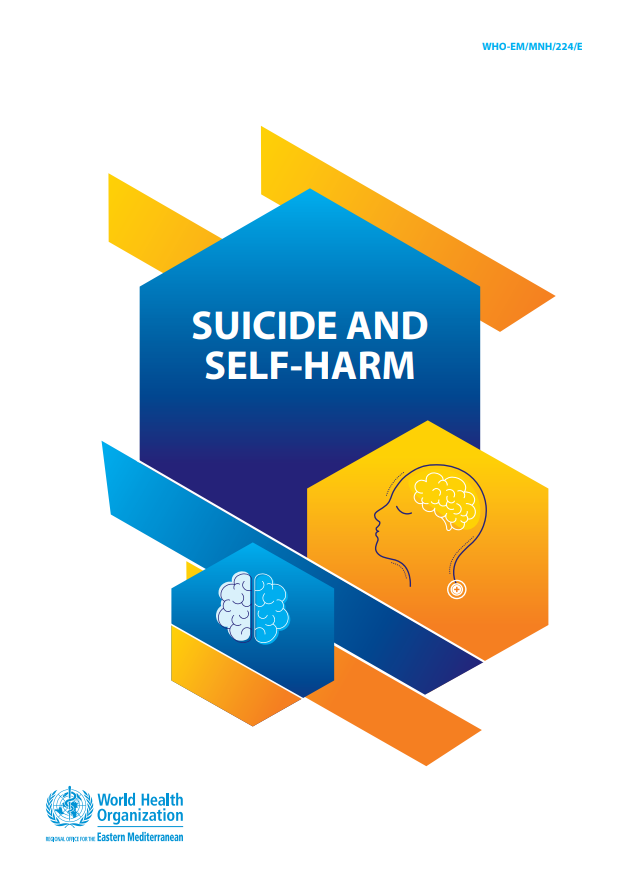
Suicide and self-harm
Publication date: 2019
This is one of a series of factsheets produced by WHO to give the general public information about mental disorders and how they can be treated. It addresses suicide and self-harm, and how they can be treated. It contains 10 sections: (1) what are suicide and self-harm; (2) what is self-harm; (3) what is suicide; (4) common signs and symptoms of self-harm and suicide – how to spot someone at risk; (5) what causes self-harm and suicide; (6) when should you seek help; (7) preventing and treating self-harm and suicidal behaviours; (8) how can you help yourself; (9) how can you help someone who self-harms; and (10) how can you help someone with suicidal thoughts.


